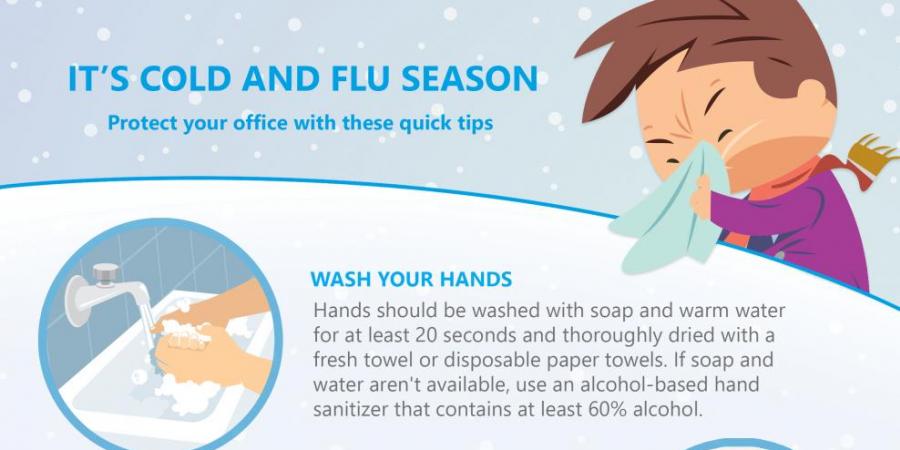It’s cold and flu season, and it gets into your eyes too! 🤧 Luckily, just like having a cough, antibiotics are not required most of the time.
What is an eye cold and when will it go away?
A “cold in the eye” is a type of eye infection known as conjunctivitis that is specifically caused by a virus rather than a bacteria. Viral conjunctivitis may result in tearing, redness and white or watery discharge. It can also cause inflammation along the eyelids, forming swelling, itching and dry skin around the infected eye.
“Eye colds” are often associated with recent episodes of the common cold and is highly contagious. That’s why it is important to wash your hands frequently and avoid contact or sharing with family, friends or coworkers.
Treatment typically includes the use of preservative-free artificial tears and cold compresses to improve comfort. The infection tends to resolve within 2-3 weeks on its own. Occasionally, viral conjunctivitis may worsen or be persistent beyond the typical time frame. If this is the case, it would be best to see your optometrist to follow up as it may require a prescription medication eyedrop to get better.


